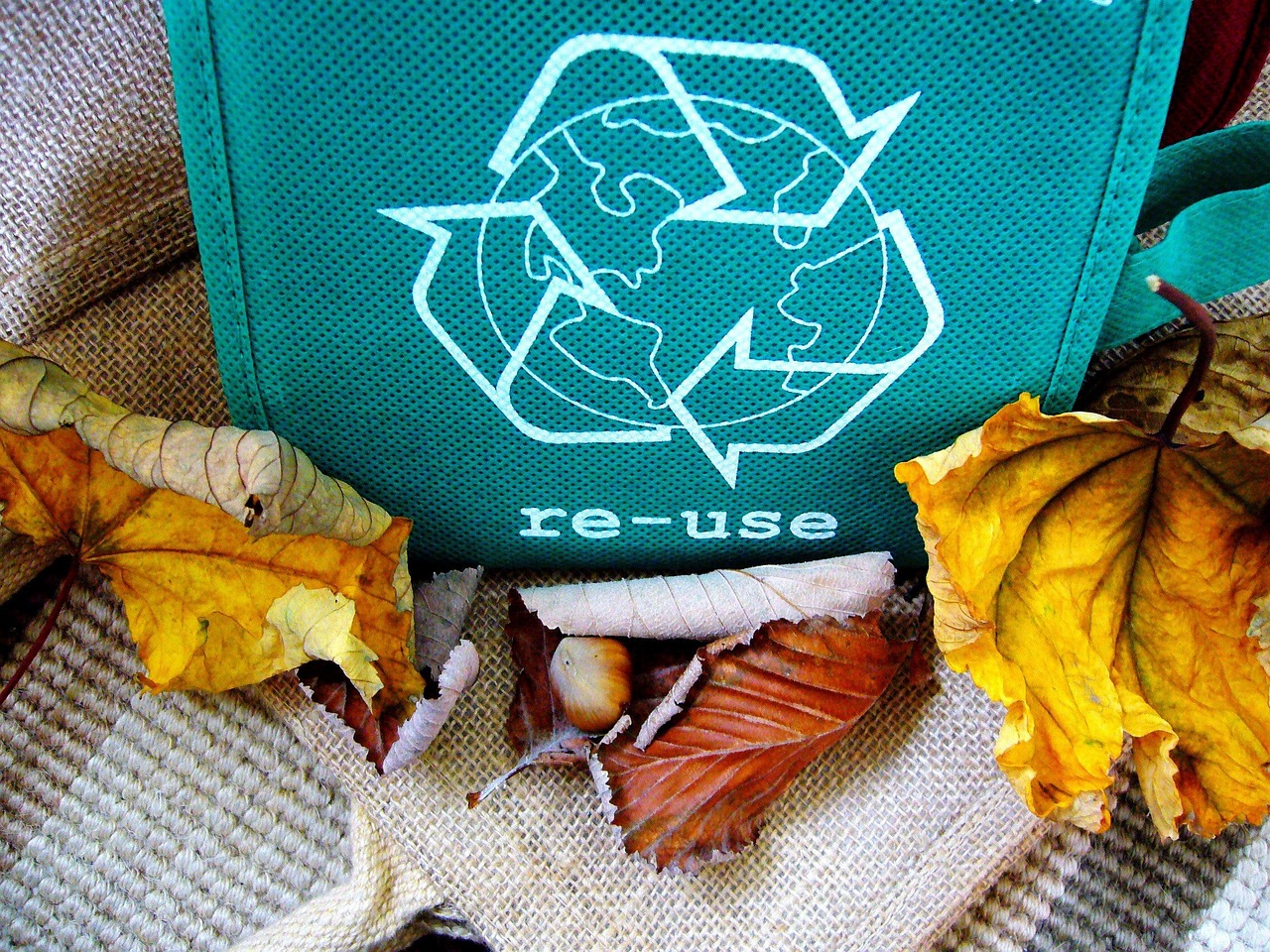A Brief Review on the Regeneration of Spent Activated Carbon and Pollutant Migration Behavior
DOI:
https://doi.org/10.70737/ss9h8r85Keywords:
spent activated carbon; pollutants; migration and transformation; thermal regeneration; electrochemical regenerationAbstract
The regeneration of spent activated carbon saturated with adsorbates inherently involves pollutant migration, including volatile organic compounds (VOCs) and heavy metals. However, a comprehensive and systematic understanding of the varying pollutant migration behaviors across different regeneration techniques remains limited. This study reviews the regeneration of spent activated carbon and innovatively contrasts pollutant migration behavior for three widely used regeneration techniques: thermal, solvent, and electrochemical regeneration. A key contribution lies in highlighting the distinct pollutant migration profiles associated with traditional methods like incineration compared to emerging techniques such as microwave thermal regeneration and supercritical CO2 solvent regeneration, emphasizing their implications for secondary pollution control. The current state of spent activated carbon regeneration technologies is critically evaluated in light of both engineering practices and research progress, and potential avenues for future development are proposed. This research provides valuable insights for the efficient regeneration of spent activated carbon and pollution control during the regeneration process.

